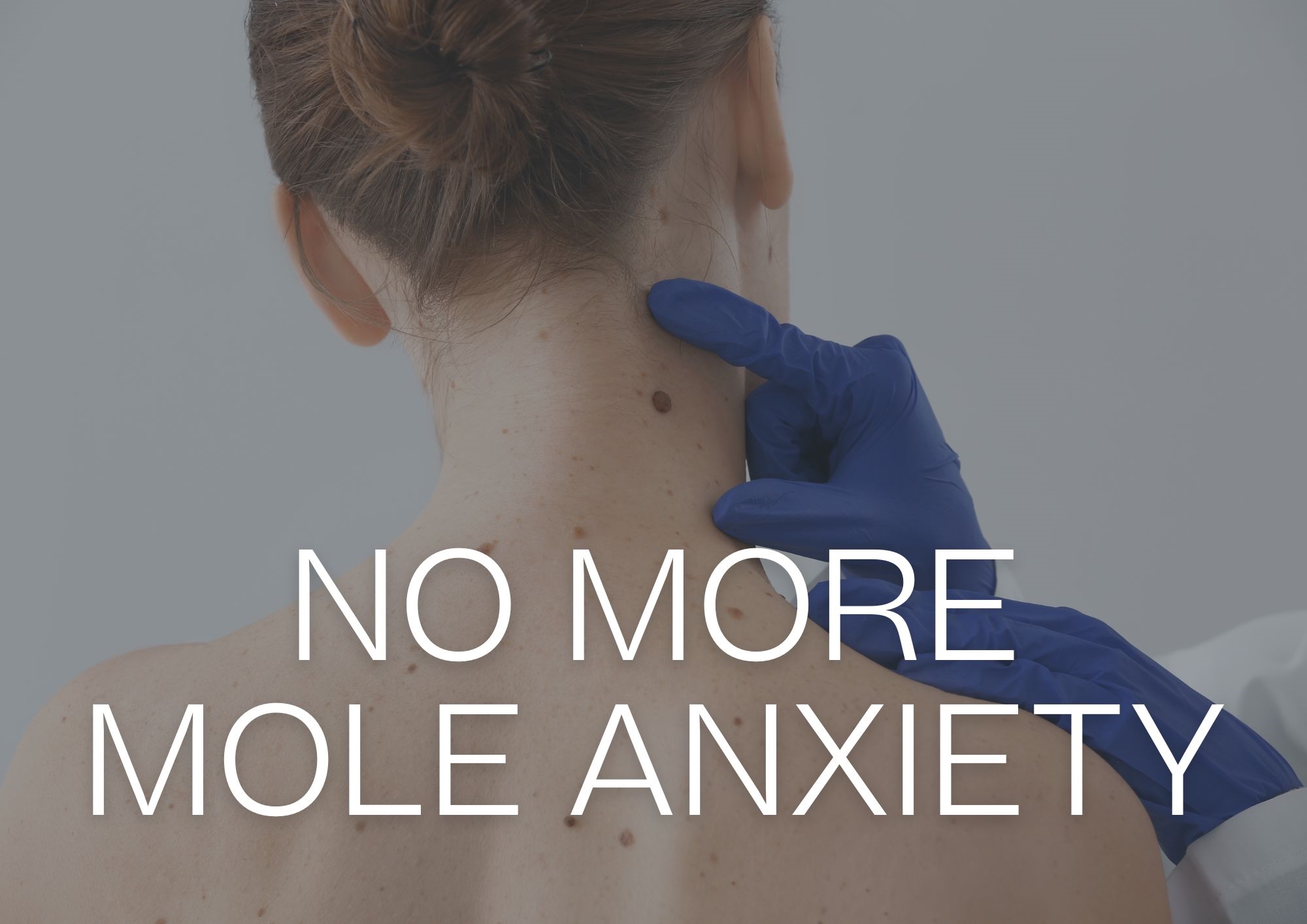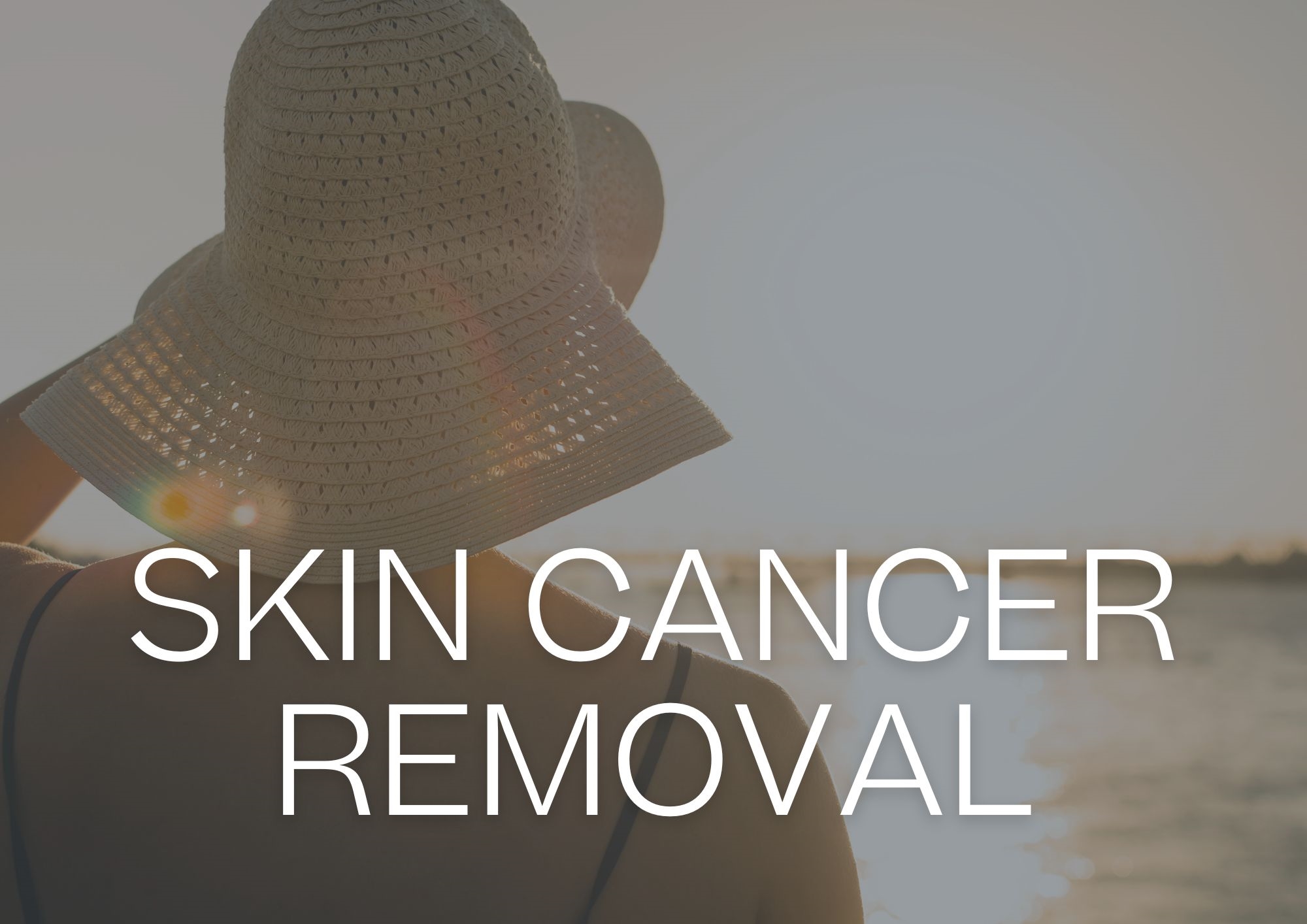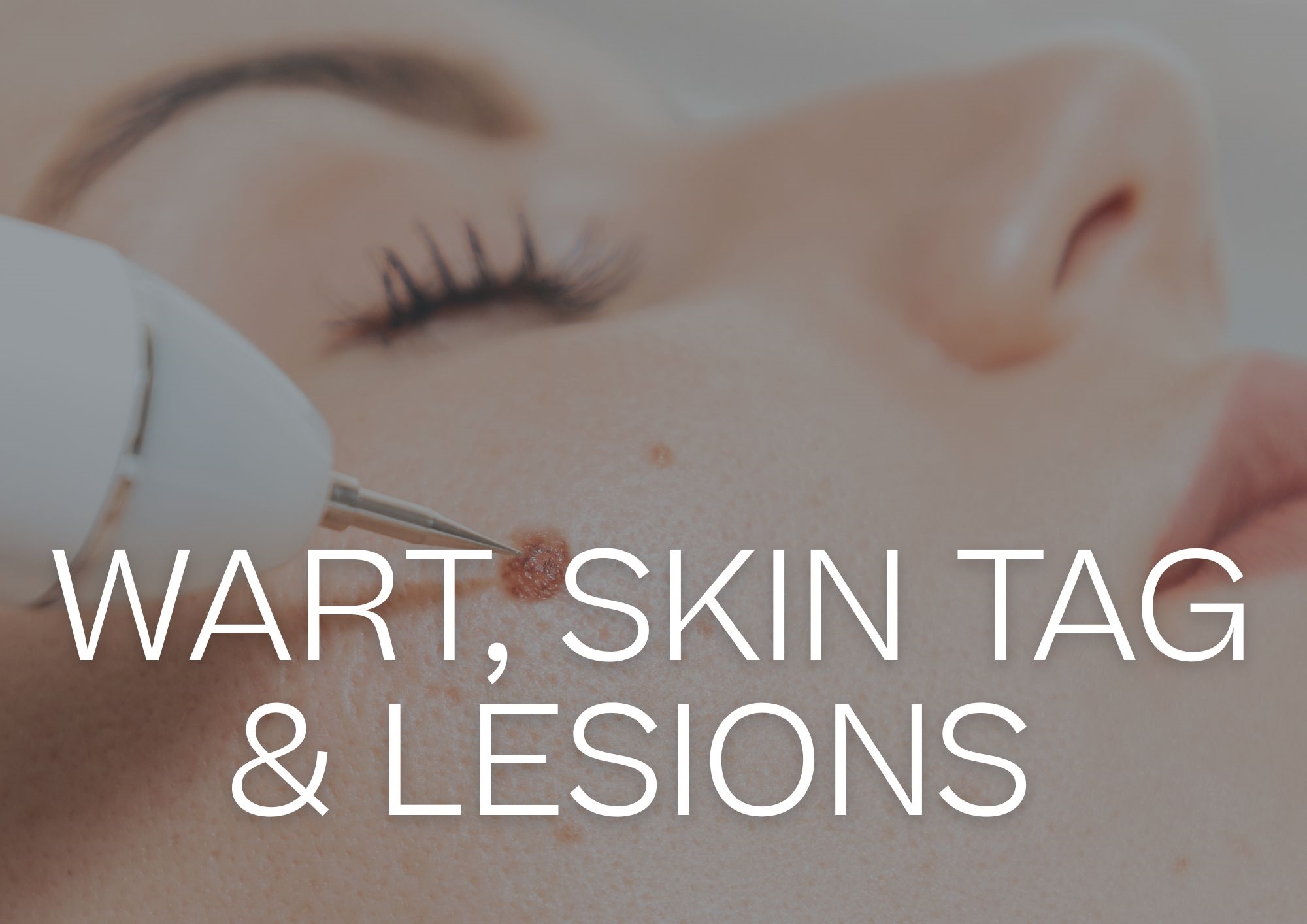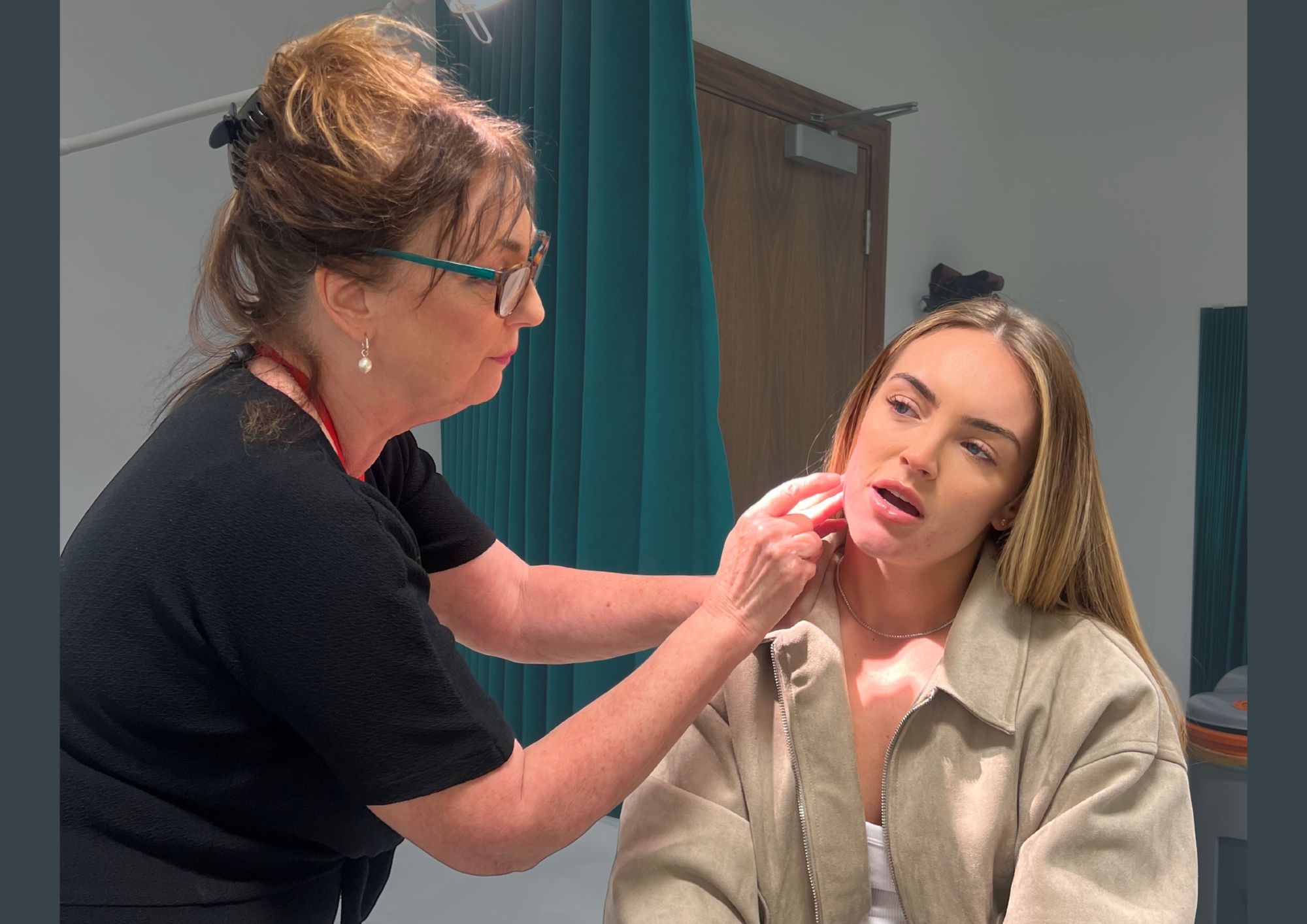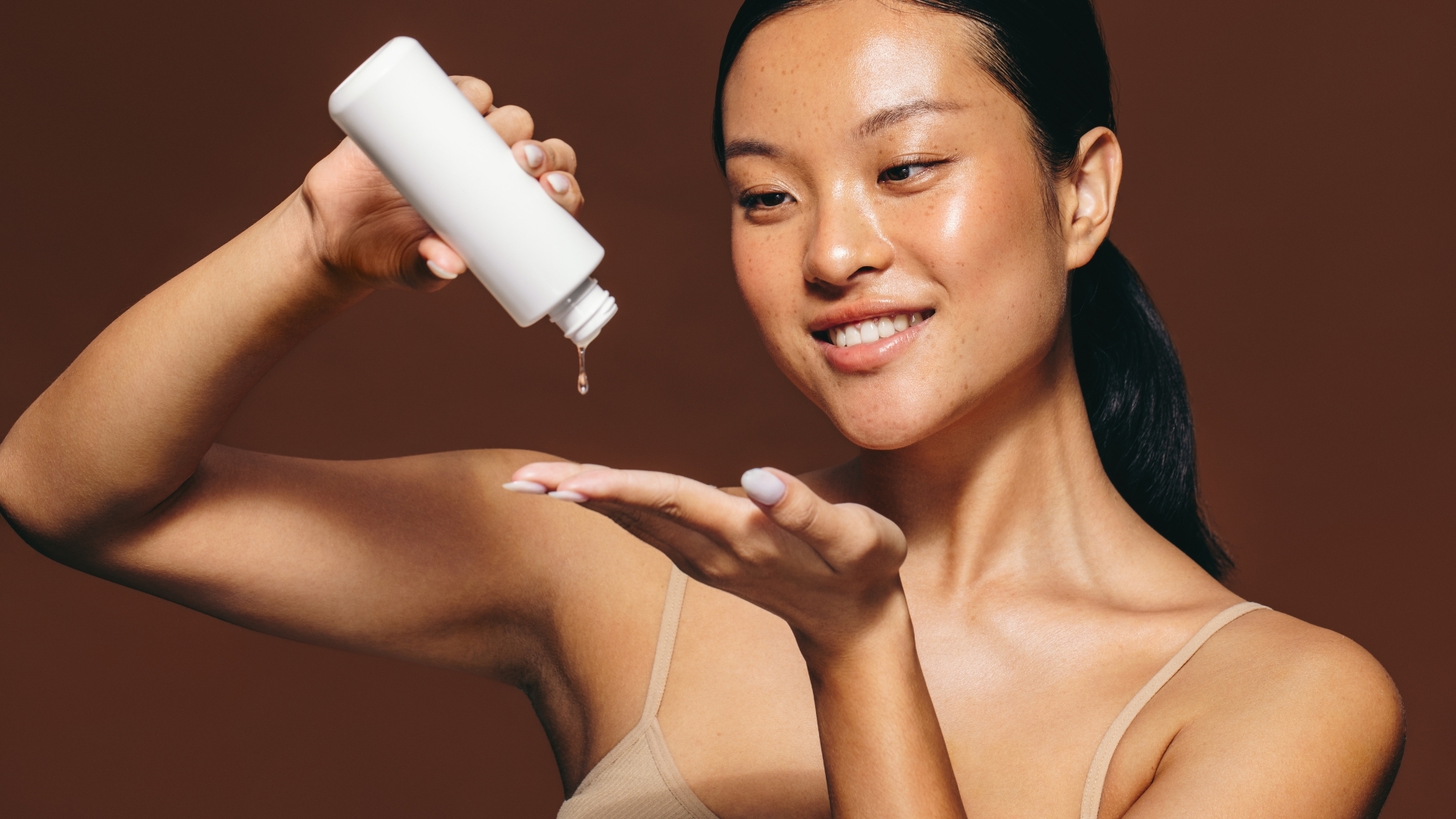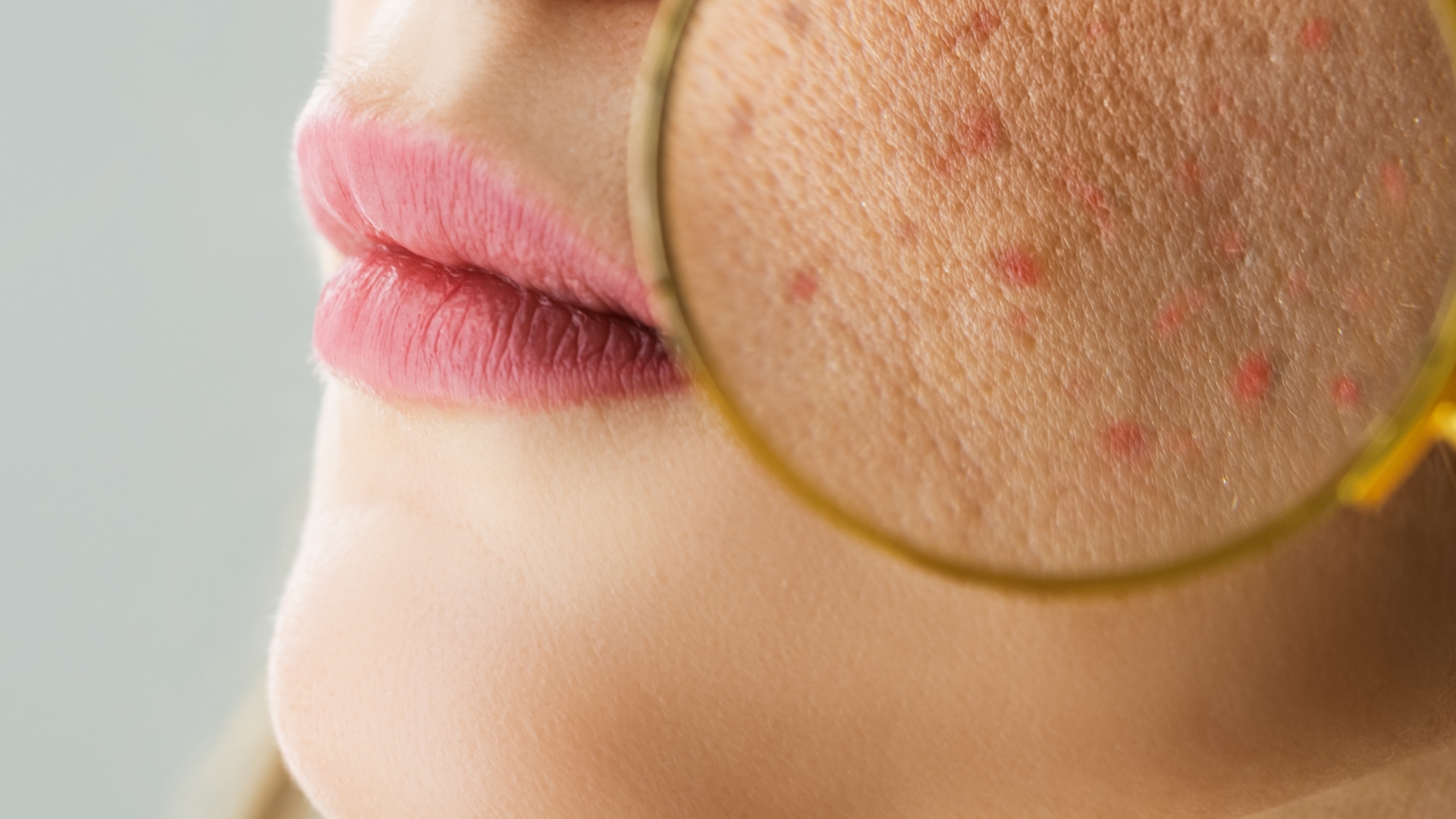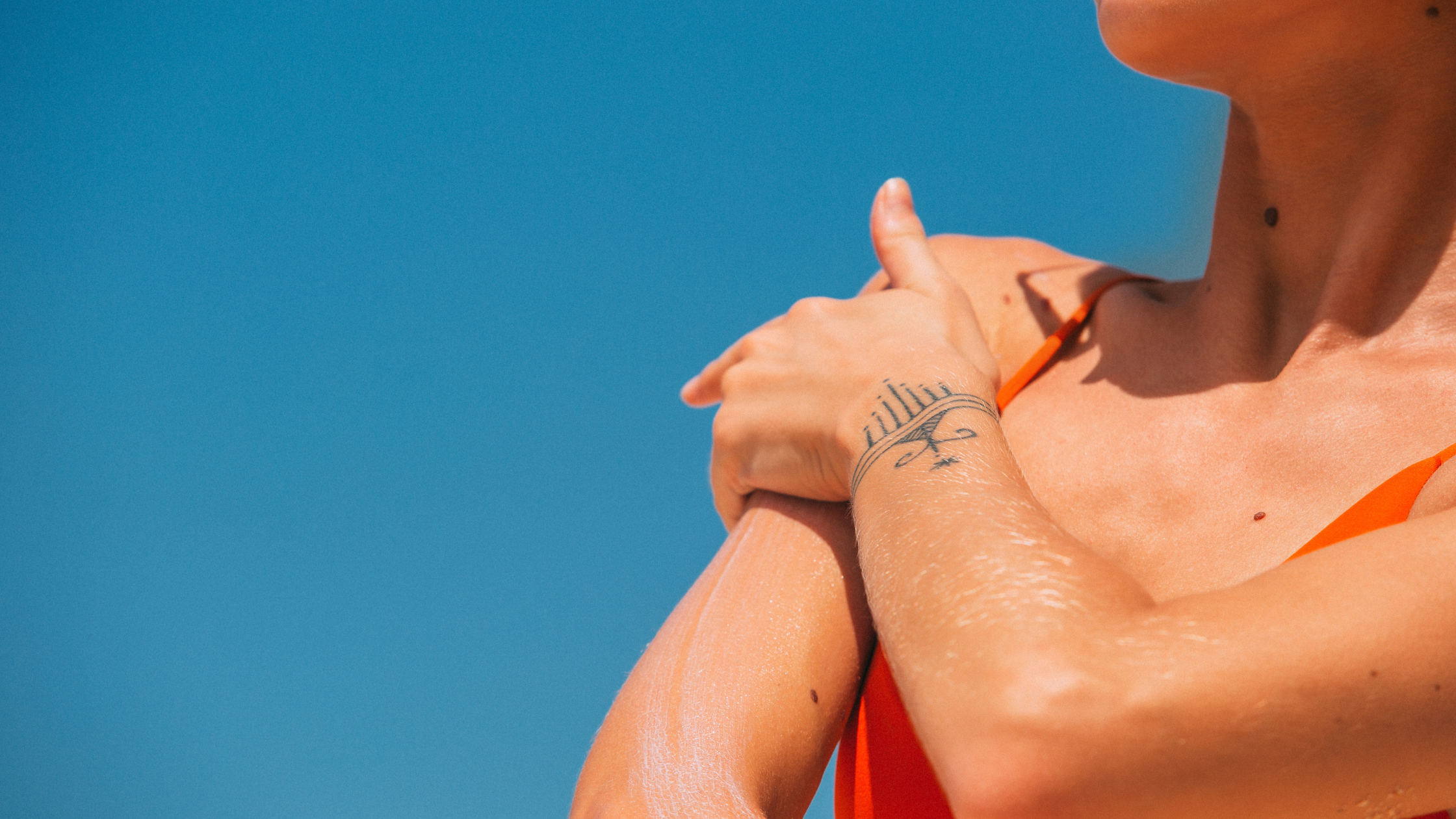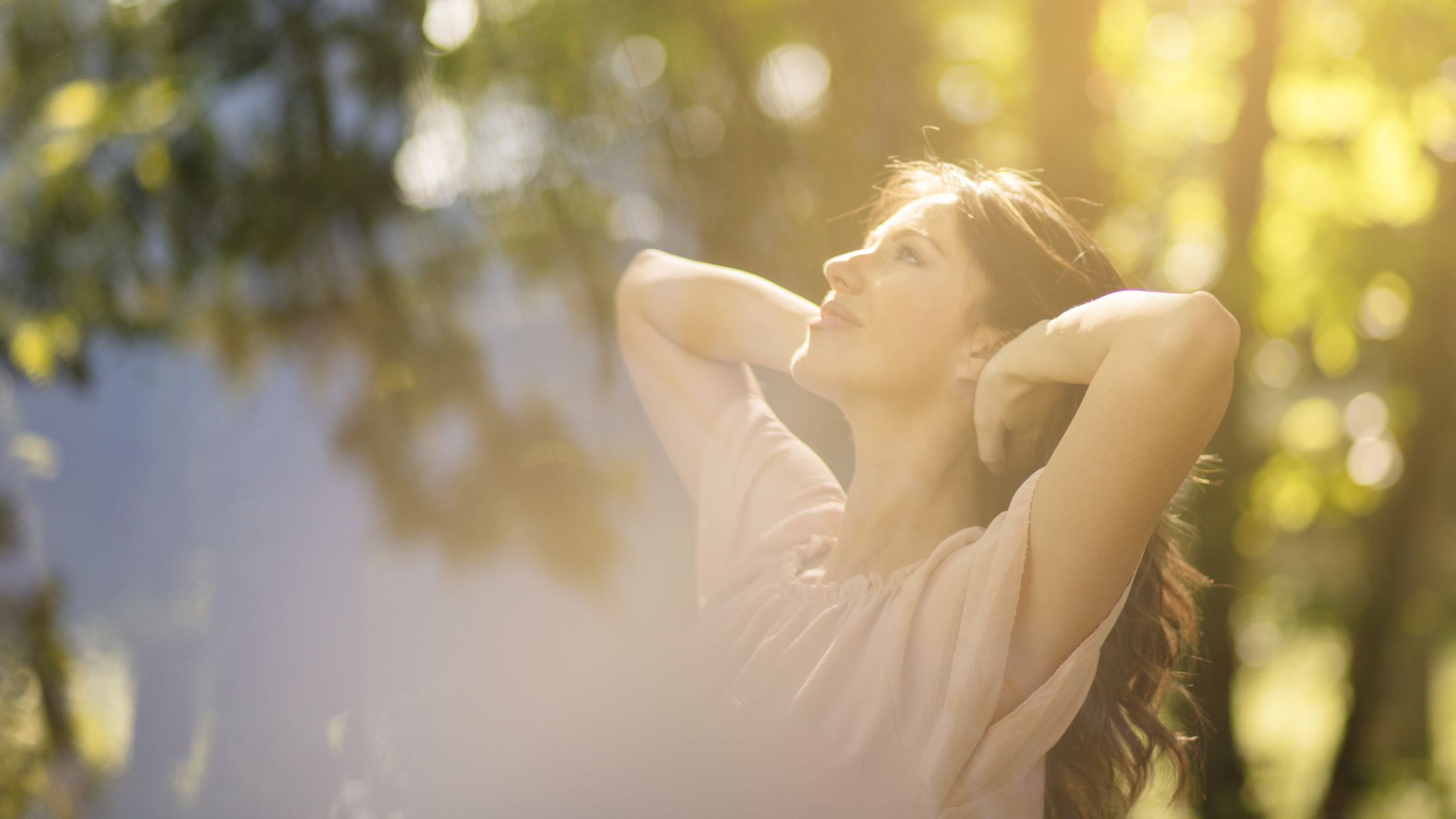Despite the well-documented risks, sunbeds remain a booming business in the UK, especially among Gen Z. Every month, Brits make over half a million sunbed-related searches, revealing a deep cultural fixation with tanned skin.

The sunbed surge: mapping the UK’s alarming and dangerous tanning obsession
In the last three months alone, searches for “best sunbed accelerator” have surged by 171%, reflecting a rising interest in products that promise a quicker, deeper tan. More worryingly, the search term “final destination sunbed”, a chilling reference to a gruesome scene from the horror movie Final Destination, has skyrocketed by 315%. Despite the clear warning in the film, this search term has been consistently trending for over a year, suggesting that even horror-based cautionary tales aren’t deterring curious tanners. On the contrary, the scene has gained new life on TikTok, where it's frequently referenced and discussed, often without the critical context.
To better understand this growing trend, we analysed search data across the UK’s largest cities to uncover where tanning is most popular and where it’s cooling off.
Discover our dermatology services to get your skin checked and learn more about the effects of sunbeds on skin health.
The UK’s top 10 tanning hotspots
So, where is tanning most popular? The North leads the way, with Newcastle, Manchester, and Warrington topping the list of sunbed-related searches.
The data reveals a strong tanning culture in urban centres in the North and Midlands, where colder climates may drive people to artificial tanning solutions year-round.
City | Searches per 100,000 residents |
1. Newcastle | 2,042 |
2. Manchester | 1,981 |
3. Warrington | 1,839 |
4. Sheffield | 1,657 |
5. Glasgow | 1,638 |
6. Nottingham | 1,613 |
7. Leeds | 1,557 |
8. Liverpool | 1,548 |
9. Wolverhampton | 1,465 |
10. Stoke-on-Trent | 1,423 |
The coolest cities for sunbeds
At the other end of the scale, some UK cities show far less interest in the sunbed trend. Surprisingly, London ranks eighth lowest, suggesting that the capital might be turning its back on tanning, or perhaps favouring spray tans or other alternatives.
City | Searches per 100,000 residents |
1 . Wigan | 751 |
2. Chester | 749 |
3. Dudley | 720 |
4. Solihull | 689 |
5. Leicester | 667 |
6. Huddersfield | 638 |
7. West Bromwich | 610 |
8. London | 593 |
9. Bradford | 536 |
10. Northampton | 517 |
Why are we so tan-obsessed?
From Love Island bronzed bodies to Instagram filters that flatter golden skin, the UK’s beauty standards continue to favour a tanned complexion. Sun-kissed skin is often associated with health, vitality, and glamour – a look many strive for, even if it comes with serious health risks.
Despite the well-documented dangerous links to skin cancer and premature ageing, cultural norms, celebrity influence, and the lure of looking "holiday-ready" all year round keep sunbeds in high demand, especially as summer approaches.
Is TikTok playing a role in this worrying rise?
With over 100,600 posts under the hashtag #sunbed, TikTok has become a breeding ground for tanning trends. Products like tan accelerators are being heavily promoted through the TikTok Shop, with influencers glamorising the tanning process and often ignoring safety advice.
Many of the recent search spikes correlate with viral content, some informative, but much of it dangerously misleading. Younger audiences, particularly Gen Z, are especially susceptible to these trends, which may explain the growing concern among health professionals.
The risks behind the radiance
Health experts have long warned of the dangers associated with UV exposure from sunbeds. Still, searches for “do sunbeds cause cancer” and “sunbeds and vitamin D” suggest growing curiosity and concern.
Even more alarming, searches for “sunbed burn” have risen 46% in just three months – an indicator that many users are overexposing themselves in pursuit of a darker tan.
Dr. Tang, our private consultant, warns “Sunbeds emit UV radiation that can damage skin cells and significantly increase the risk of skin cancers, including melanoma. While tanned skin may seem appealing, it’s actually a visible sign of skin damage.”
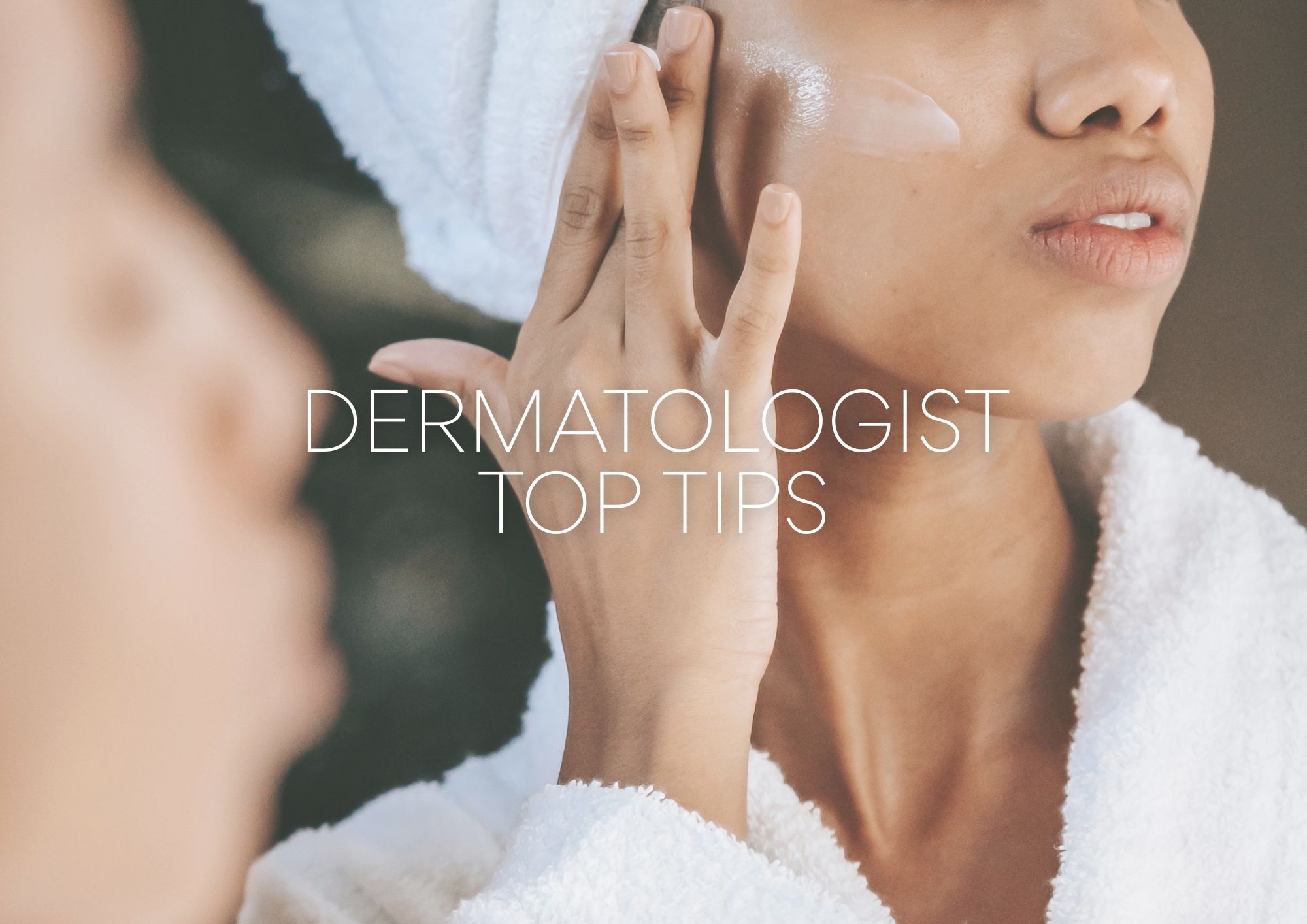
Top 5 tips for staying safe in the sun according to a doctor
- Avoid sunbeds altogether – they are a proven health risk. Opt for safe alternatives like self-tanning lotions or spray tans.
- Use SPF factor 20+ daily, even on cloudy days – UVA rays are always present.
- Limit direct sun exposure, especially between 11am and 3pm.
- Wear protective clothing and sunglasses when outdoors.
- Regularly check your skin for new or changing moles, and seek medical advice if unsure.
Conclusion
Tanning may be trending, but the health risks are real and rising. From TikTok-fuelled searches to increased incidents of sunbed burns, the data paints a clear picture: the UK’s sunbed obsession is growing, and so too are its consequences.
If you're concerned about skin changes or mole health, don't wait. Learn more about our mole assessment services today!
Methodology
We analysed 250 of the most popular sunbed-related search terms in the UK, with a combined monthly search volume of 495,830, using Google’s Keyword Planner. These terms were assessed across the 50 most populous UK cities.
To account for population size and ensure fair comparisons, we calculated the number of searches per 100,000 residents using the formula:
Searches per 100,000 residents = (Total searches ÷ City population) × 100,000
Population data was sourced from: ciphr.com
All data is accurate as of June 2025
Always here to help, whenever you need us
Our expert team are always here to help, advise and arrange appointments with our specialist consultants.

